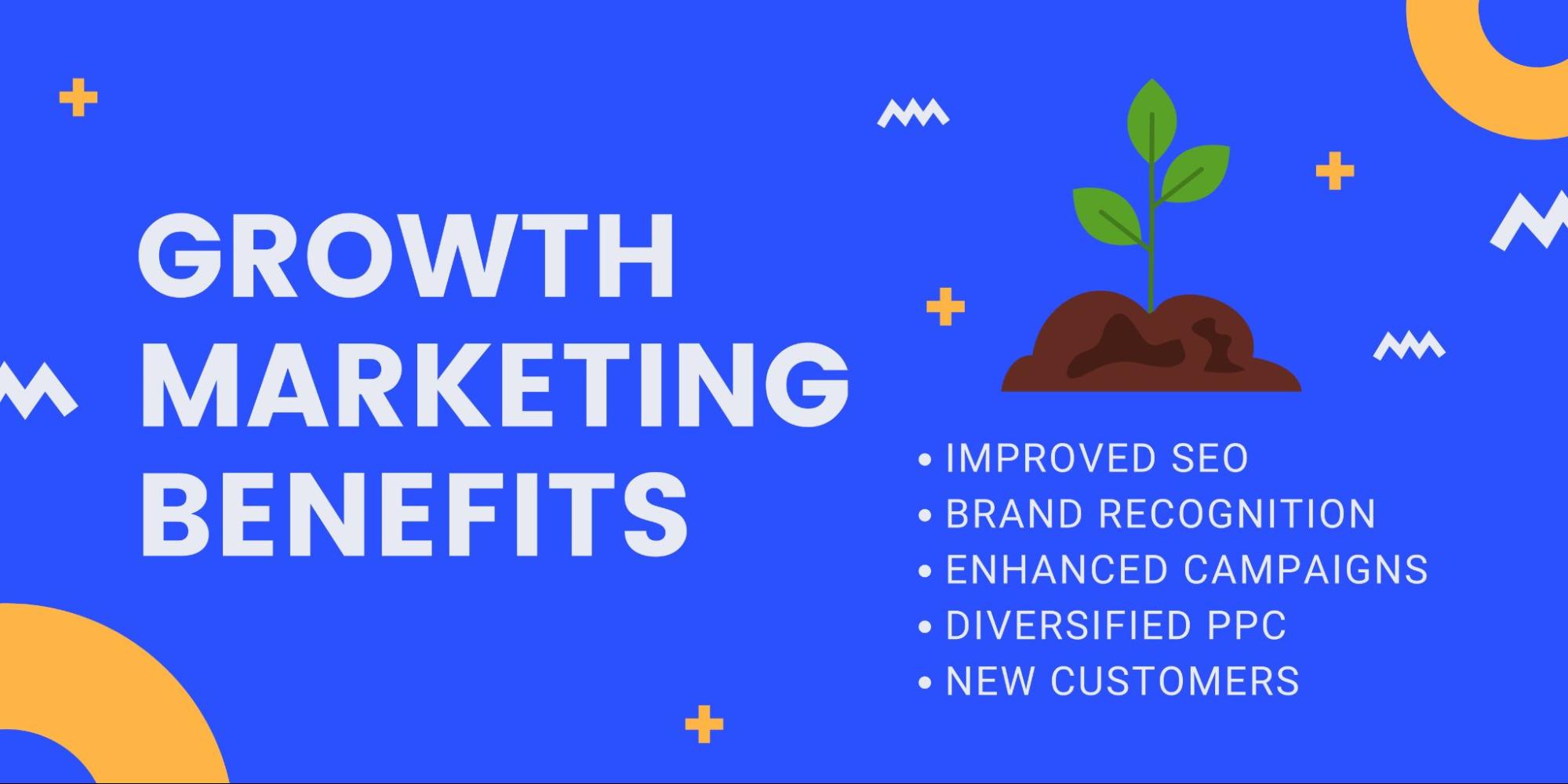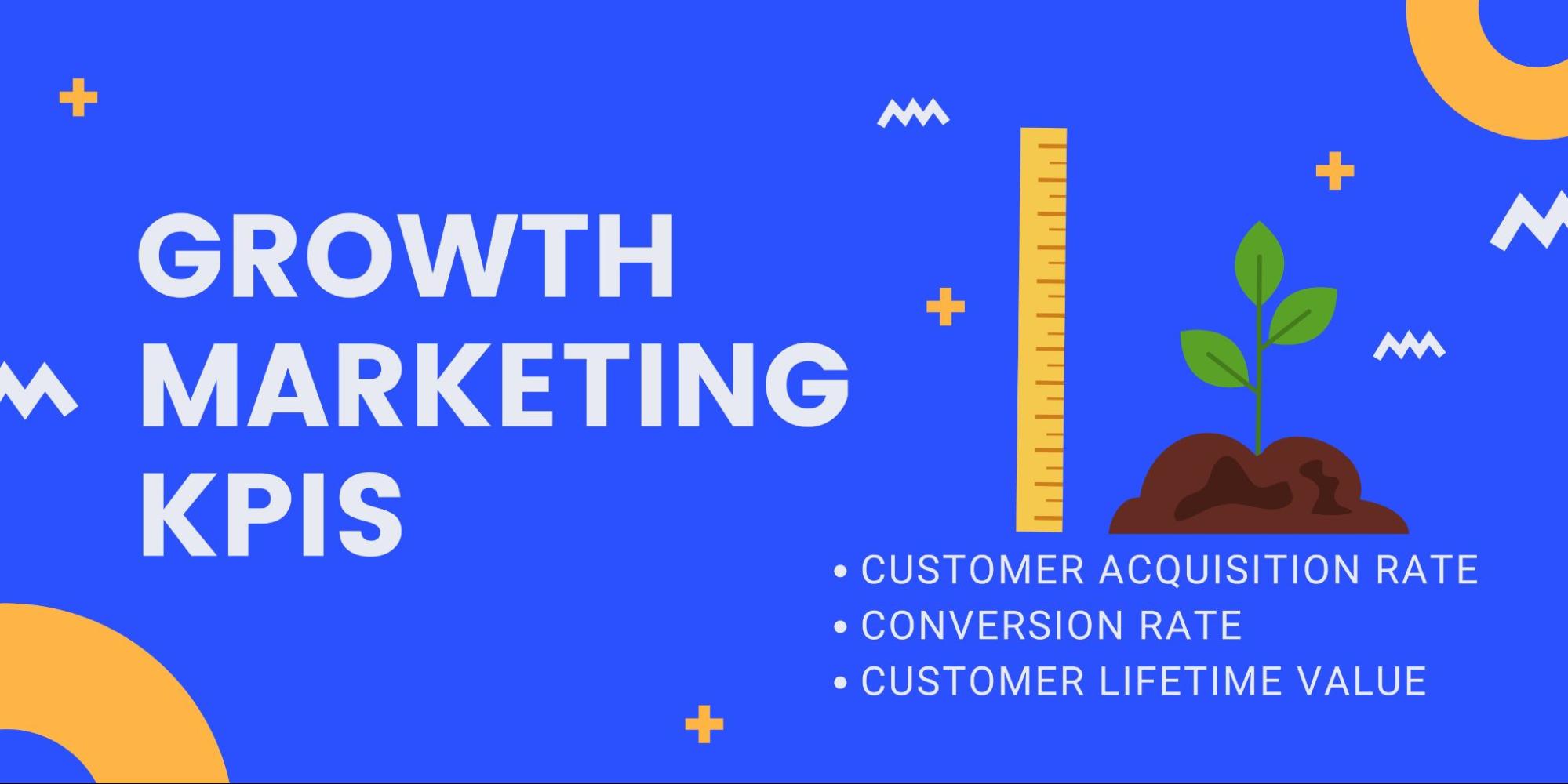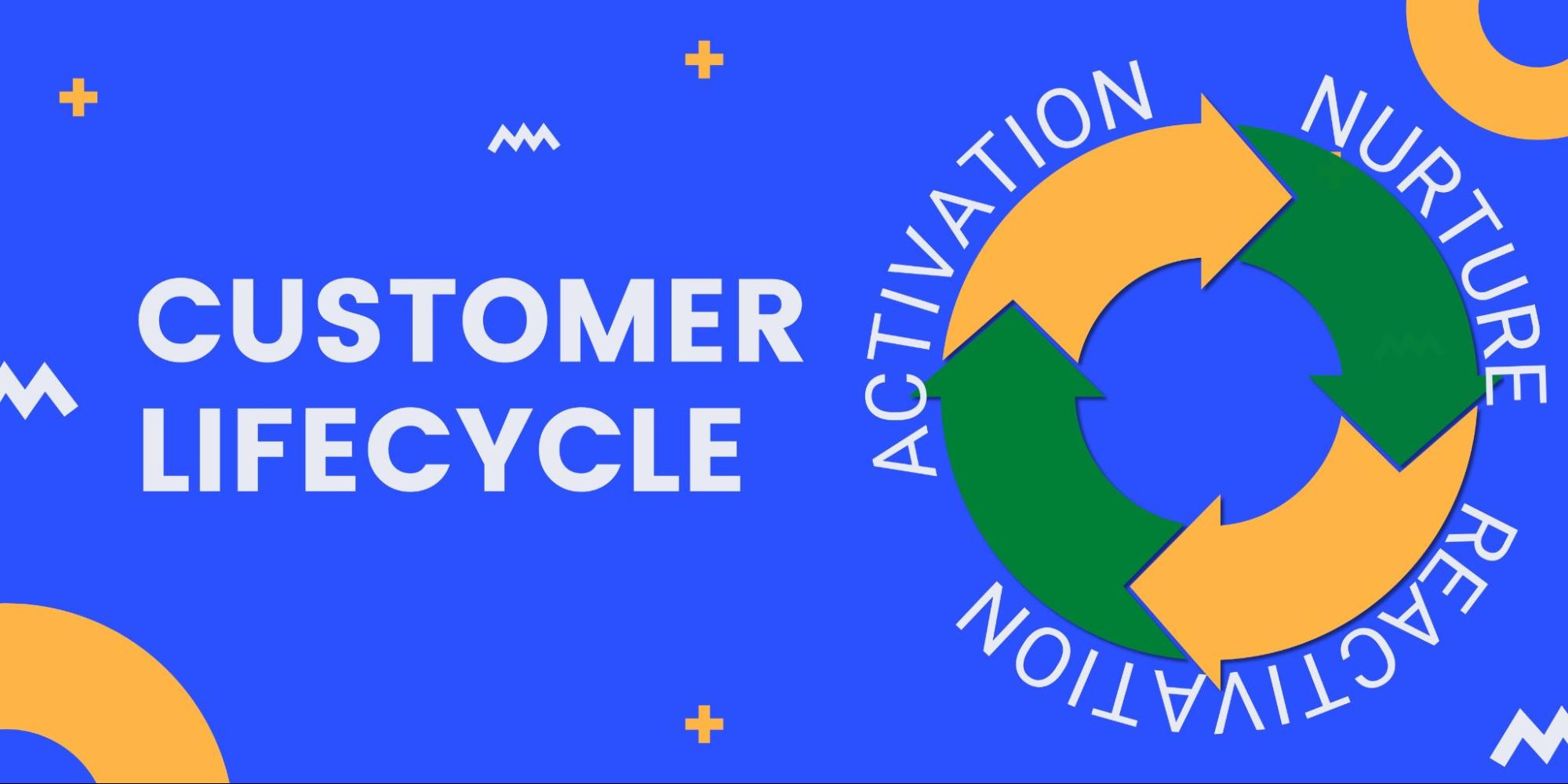Introductory offers are everywhere, from first-purchase discount codes in your email inbox to the giveaways that require follows and likes to enter. These campaigns not only tilt the balance in favor of conversion for deliberating consumers but also establish early relationships with buyers.
The principle of reciprocity states that when someone is given something for free, they pick up on a social contract to offer something in return. This is the basis of all relationships, not least those with consumers. A customer who’s benefitted from a hefty discount code on their first purchase will feel more compelled to return to the same brand for their next purchase.
A leading fitness service provider found that businesses with introductory offers attract an average of 45% more clients each month than those without. That’s a significant ROI in itself, but infinitely more so when you consider customer lifetime value.
Identify Business Weak Links
Before you reach out into the world, make sure you check your own business for growth inhibitors. Use a step-by-step analysis of your entire structure, starting with concrete performance factors such as conversions, ROI, pricing, and outgoing costs.
Here you’ll find places where your business isn’t performing as well as it should be. These are the areas that could benefit from some disruptive innovation. You should also unearth a few ways you can cut unnecessary costs, such as updating your internet and phone service.
Continue to more subjective criteria, like employee evaluations. Growth is dependent on everyone involved being behind it, so if some of your employees are unmotivated it may be time to explore internal messaging and company culture.
Use the Right Marketing Tools
Before you put your marketing plan into action, make sure you have a detailed list of the tools your marketing team will require throughout the process.
Growth hackers rely on marketing tools and AI software to provide themselves with a nuanced overview of their campaign success. You may also benefit from a powerful data transfer platform for your marketing campaigns. It’s worth finding the internal budget allowance for these tools early, as they’ll soon begin to pay for themselves.
This is also time to consider any skills that might be missing within your team. Whether through upskilling existing employees or bringing on specialist consultants, designers or planners, you need to fill the gaps before embarking on your growth mission.
Planning and Execution
Just because growth marketing hacks are disruptive doesn’t mean they’re not carefully planned.
Create and share a detailed growth marketing strategy, including end goals, broken down into measurable targets with deadlines, action items, teams responsible, and resources available.
Discuss your plan with your team via a sit-down meeting or a voice teams call and ensure everyone’s understanding and buy-in. Emphasize the importance of each role to ensure your employees feel valued and excited by the change, rather than unsettled.
Growth Marketing Campaign Examples
Each growth marketing campaign is as individual as the brand it works for, combining many smaller growth hacks into an optimized strategy. Let’s take a look at a few examples of campaigns that can be adapted to work for your business.
Referral Programs
Over 90% of consumers trust advice from family and friends over advertising. This makes your existing customer base your most powerful marketing tool – and in true growth hacking style, a freebie.
Referral marketing relies on social proof such as word-of-mouth recommendations or written reviews. However, marketers can boost the power of social proof by encouraging existing customers to engage with target audiences on their behalf.
Subject these offers to A/B testing and discover which offers the maximum conversions for the lowest cost. The winning deal could become the foundation of a longer-term referral program, with customers bringing their friends and followers on board via a personal code which wins them further rewards.

























